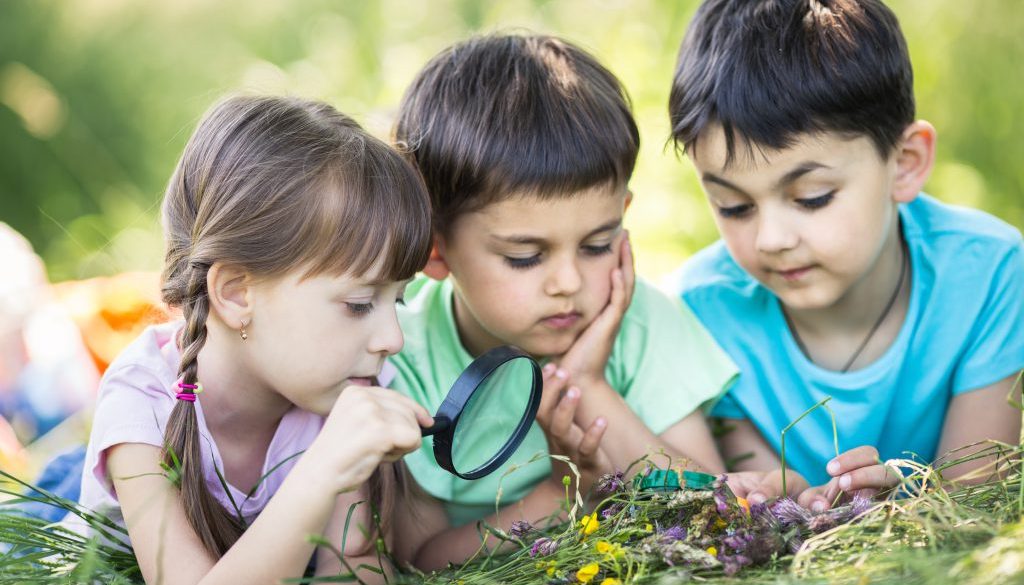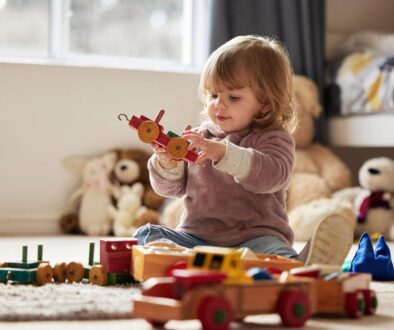STEAM Learning for Littles

For many, school is back in session. Whether your little ones are learning from home or back in the classroom, STEAM is a great way to incorporate fun into everyday learning, even starting from toddlerhood! STEAM is an acronym for Science, Technology, Engineering, Arts, and Math and there are so many benefits to introducing it early to your little one. Here are just a few of the advantages:
- Inspires creativity.
- Engages all types of learners.
- Encourages interaction through activities.
- Introduces appreciation for the arts.
- Helps prepare kids for elementary school.
- Develops critical approaches to learning and thinking.
- Increases love for learning.
- Introduces various aspects of learning.
It is never too early to start STEAM education, and an ideal way to teach STEAM is to go out into nature and explore. Children are incredibly active learners very early on, and we can start building their foundation in STEAM as soon as they enter this world. The secret is to tap into a child’s natural and innate curiosity about the world around us. By simply allowing them to investigate, by encouraging them to ask questions about the real world, you are engaging children in STEAM. Check out these simple ideas to teaching STEAM to early learners:
- Get Outside in Nature and Explore: Let your child walk around your yard, neighborhood or a park and they will start to explore their surroundings immediately. That sense of exploration is what we need to encourage. Ask questions, encourage exploration, and provide more opportunities to return to these types of settings.
- Ask “What” instead of “Why”: By using this simple strategy of “what” questions you are building a child’s confidence and making them feel like experts. “Why” questions imply that there is a correct answer. “Why do birds have feathers?” or “Why does the rock sink in the water?” are questions that have answers that children likely do not know yet and they may get discouraged. “What” questions, on the other hand, focus on what they are noticing and doing, and can be springboards for future investigations together. Asking open ended questions encourages a child to answer more than “yes” or “no”. Encourage children to describe what they are seeing around them. Go on an exploration journey!
- Collect Items: Children delight in the opportunity to collect almost anything: rocks, fossils, seeds, leaves, sticks, bugs, or whatever they are interested in that day. As they collect, practice counting, create questions about the things they see, and look at the different designs and shapes that they find, this will encourage their curiosity.
Try some of these fun activities with your toddler:
- Place ice cubes in a bowl in the sun, watch them melt from a solid to a liquid and ask, “What do you think is making the ice melt?”
- Use water and a paint brush on the cement to paint, watch the water disappear and ask, “I wonder why that happened?”
- Find same color objects around the house and combine all these items in one pile. Start by sorting by colors, then by shape. You can use blocks, cups, etc…
One of the best practices in teaching and learning is to make learning relevant, and there is nothing more relevant than being outside and exploring the world we live in. Children are curious by nature and are probably already engaging in STEAM activities every day!





